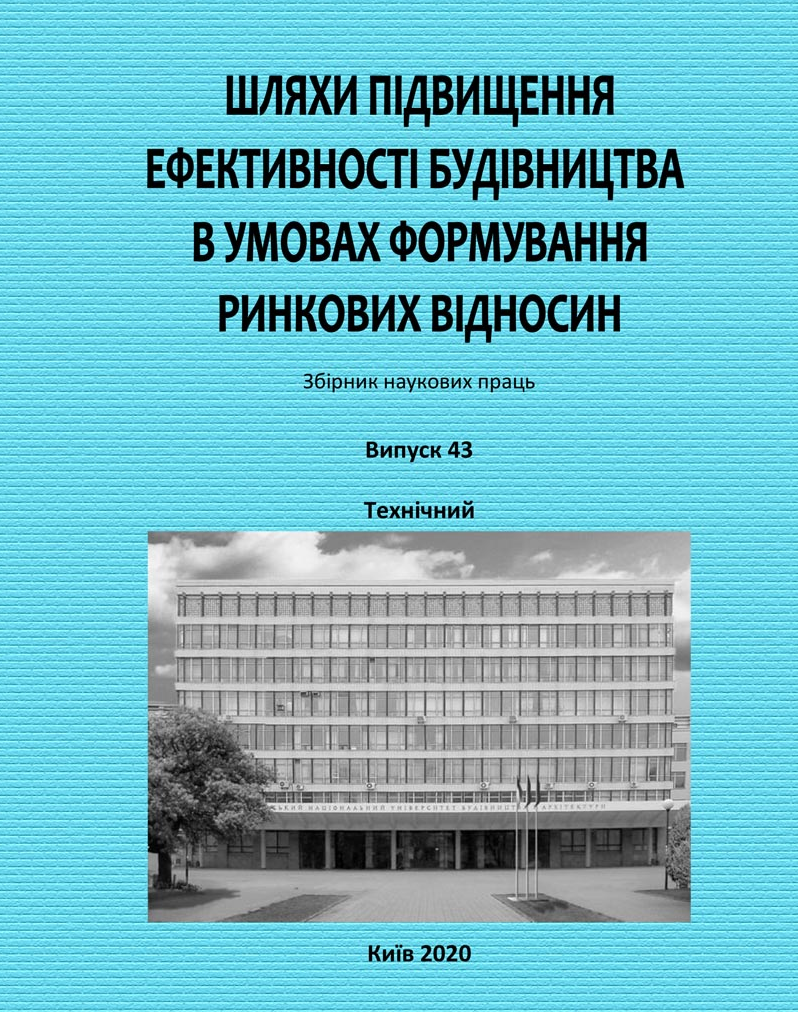Analysis of efficiency of use of formers for gas concrete with various physical-mechanical and structural characteristics
DOI:
https://doi.org/10.32347/2707-501x.2020.43.74-85Keywords:
aluminum paste, aluminum powder, gas evolution, reactivity, production process, hydrogen, average density, plastic strength, aerated concrete,Abstract
The development of the market of gas-forming agents takes place in a market economy amid increasing demands on the quality, safety, environmental friendliness and cost-effectiveness of their use. The main blowing agent used at cellular concrete production facilities is pigmented aluminum powders and aluminum pastes.
The article provides a comparative description of various types of blowing agents in accordance with specific production conditions.
The quality of cellular concrete products largely depends on the reactivity of the used aluminum and on how much it corresponds to the production process, depending on the reactivity of the raw materials.
A very important parameter is the stability of the technical characteristics of aluminum pastes over time. This characteristic is very important for ensuring the storage of the paste, its safety during transportation and storage in the warehouse.
Depending on the required structure of aerated concrete, coarser or finer powder is used in production. The higher the average density of the product, the coarser the powder should be used. If necessary, you can make powder with any time the start of the reaction of gas formation.
The stability of the technological process for the production of cellular concrete products and, as a consequence, the minimization of the amount of substandard products depend to a large extent on the reactivity of the used aluminum and on how much it corresponds to the production process depending on the reactivity of the raw materials. The reactivity of aluminum powder depends on the particle size of aluminum, the structural characteristics of its surface and the properties of the protective film.
During the experimental studies, a study was made of the characteristics of aluminum powder of the Ukrainian manufacturer PAP-1 and aluminum paste ALBApor308B (Romania).
Based on the analysis of the influence of the considered technical characteristics of aluminum pastes on the course of the technological process and the complex of technical and environmental factors (the cost of the paste, the effectiveness of its use, environmental factors), preference is given to aluminum paste made in Romania by «Alba» companyReferences
Runova, R.F., Velichno, T.P. & Chernyavsky V.I. (1981). Increasing the durability of autoclaved systems by directional synthesis of hydrosilicates. Durability of structures made of cellular concrete.
Ayler, R.K. (1959). Kolloidnaya khimiya kremnezema i silikatov [Colloidal chemistry of silica and silicates]. Moscow, Gosstroyizdat
Yates, D. (1964) Molekulyarnaya spetsifichnost' v fizicheskoy adsorbtsii [Molecular specificity in physical adsorption]. Catalysis. New physical research methods. pp. 253-307
Deryagin, B.V., Karasev V.V.& Zorin Z.M. (1954). Stroyeniye i fizicheskiye svoystva veshchestva v zhidkom sostoyanii [The structure and physical properties of a substance in a liquid state]. Kiev, KSU Publishing House
Deryagin, B.V. (1971). Novyye svoystva zhidkostey: sverkhplotnaya voda [voda ІІ] [New properties of liquids: superdense water [water ІІ]]. Moscow, Science
Mitsyuk G.M. (1971). Vzaimodeystviye kremnezoma s vodoy v gidrotermal'nykh usloviyakh [Interaction of silica with water in hydrothermal conditions]. Kiev, Naukova Dumka
Ukhova, T.A. (1990). Ob osnovnykh napravleniyakh nauchnykh issledovaniy v oblasti izgotovleniya yacheistykh betonov [About the main directions of scientific research in the field of manufacturing cellular concrete]. Tez. dokl. nauchn. tekhn. seminara. pp. 3-5.
Sazhnev, N.P. (1990). The technology of production of cellular concrete products. Theory and practice. Minsk: Strikino.
Sakharov, G.P., Bataev, S.O. & Popov, K.I. (1981).Technological methods for increasing the reliability of cellular concrete products. Durability of structures made of cellular concrete.
Isakova, I.M., Meinert, G.O., Orlov, V.N., Ilyicheva G.V.& Rudoi A.P. (1990). Efficiency of using synthetic surfactants for the production of aerated concrete by impact technology. Development of production of products from aerated concrete.
Downloads
How to Cite
Issue
Section
License
Copyright (c) 2020 V. Gots, P. Palchik, S. Palchik, O. Sanakoev

This work is licensed under a Creative Commons Attribution 4.0 International License.
Authors who publish with this journal agree to the following terms:
- Authors retain copyright and grant the journal right of first publication with the work simultaneously licensed under a Creative Commons Attribution License that allows others to share the work with an acknowledgement of the work's authorship and initial publication in this journal.
- Authors are able to enter into separate, additional contractual arrangements for the non-exclusive distribution of the journal's published version of the work (e.g., post it to an institutional repository or publish it in a book), with an acknowledgement of its initial publication in this journal.
- Authors are permitted and encouraged to post their work online (e.g., in institutional repositories or on their website) prior to and during the submission process, as it can lead to productive exchanges, as well as earlier and greater citation of published work (See The Effect of Open Access).

